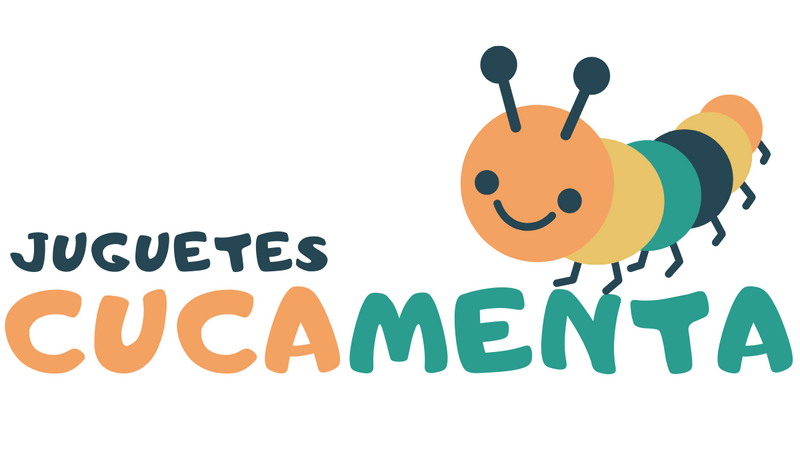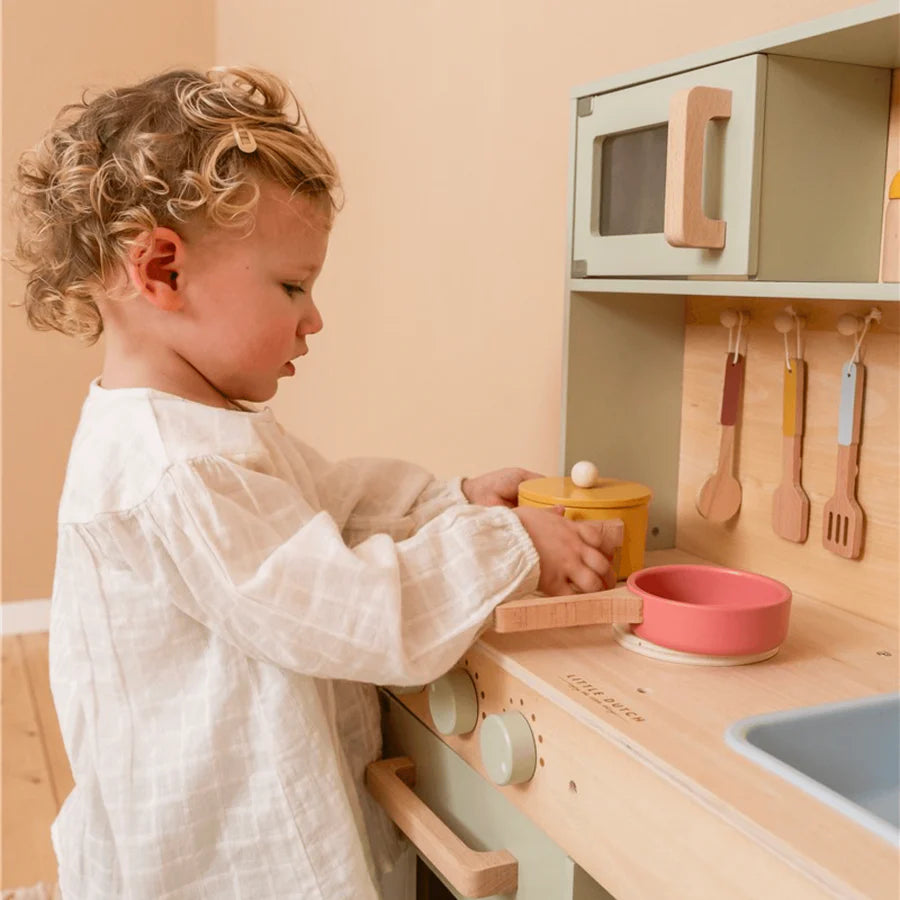Play is the work of childhood
Jean Piaget
If this Christmas 2024 you want to give a Montessori toy , at Cucamenta we have a large assortment of educational games and toys that adapt perfectly to this philosophy and fulfill its precepts.
Each of these toys hides a universe inside and is full of infinite possibilities. If you still don't know what a Montessori toy is, let's start from the beginning.
What characteristics does a Montessori toy have?
Montessori toys are based on the work and philosophy developed by Maria Montessori who was a doctor, teacher, psychiatrist and philosopher, as well as a humanist, feminist activist, Italian suffragette and devout Catholic.
These items are toys that encourage experience-based learning - both physical, intellectual and emotional - allowing them to explore the cause-effect relationship, enhance different areas of cognitive development and adapt to their needs, ages and levels of difficulty and intensity.
These toys are made from natural, non-toxic materials, linked to nature and which allow children to experiment and develop their sensory sensitivity, especially tactile sensitivity. The most commonly used material for Montessori toys is wood , although there are also toys made of fabric or metal.
The methodology seeks to foster independence and autonomy in children, adaptation to their surrounding environment, the choice of material based on their psychological or internal needs, concentration and control and coordination of movements. Objects represent a need for the child, who chooses them and builds himself through them.
The benefits of Montessori games and toys are many. Below we list some of them:
- They increase confidence and security, facilitating the manifestation of the true nature of each child, whose energy advances towards their own development.
- They encourage free choice and the gradual development of will.
- They promote the socialization and maturation of the child, allowing him to develop patience and respect.
- They enhance their autonomy, freedom and exploration of themselves and their environment.
- They improve all kinds of skills such as spatial planning, logic or attention, while stimulating interest, curiosity, emotional management, agility or dexterity.
- Fun!
- Development of fine and gross motor skills.
- Creative freedom and independence.
- Naturally developed self-discipline.

Remember: for a toy to fit the Montessori philosophy it must be simple, aesthetically pleasing, made from a natural material and designed to encourage constructive activity.
4 Montessori toys that you can buy at Cucamenta

- Montessori Ball : an ideal toy that can be used as a mobile and rattle in the first months of life, to help crawl in the later phase and to play with when the baby can stand up. It is completely handcrafted with beautiful OEKO-TEX® certified cotton fabrics in fun colours to stimulate visual development, as well as auditory development thanks to the built-in safety bell.
- Multi-activity table : This wooden toy is perfect for stimulating early childhood development, enhancing dexterity, imagination or fine motor skills. It includes a circular train track with two vehicles that ring a bell, a windmill, two stackable trees, three loops with balls, three gears to turn and five shapes to fit together.
- Multi-activity walker : this pushchair , highly recommended as a Christmas gift for babies, is designed to help children learn to walk, and also includes nine educational and fun activities, such as a maze, an abacus, a rotating button with sound, a drum or a metal xylophone. One of its advantages is that it has several elements to stimulate conscious listening and work on the ear.
- Stimulation boxes: these different age boxes include a set of educational wooden toys. They include options such as puzzles that represent emotions, sound toys to learn colors, skill games or an abacus that requires logic and observation. They are ideal gifts for children to work on sensory stimulation, vocabulary, motor skills or emotional skills.
We have many other Montessori toys: from the climbing cube to construction games . Dare to explore them!
Finally, here - and in our toy catalogue - you can consult some principles of Montessori Education backed by scientific research (Montessori. The Science Behind Genius, Angeline Stoll Lillard, 2005, Oxford University Press).
- Thought and movement: Thought and movement are closely linked. Movement enhances thought and learning.
- Free choice: Learning and well-being are enhanced when people feel they have control over their lives. Independence, agency and responsibility develop.
- Interest: Children learn best when they are interested in what they are learning. It helps with understanding and concentration. The reward is internal: practice leads to achievement. It contributes to self-esteem, a sense of responsibility and critical thinking.
- Learning from and with parents: learning is enhanced by the practice of teaching others. It promotes respect, tolerance and solidarity.
- Learning in context: Situated learning in meaningful context is deeper and richer than learning in an abstract context.
- Teacher/student interaction: the teacher observes and accompanies, enabling the child to act, want and think for himself, helping him to develop confidence and inner discipline.
- Order in the environment and in the mind: external order and sequence in the use of materials are beneficial for the child's internal order. It promotes clarity of thought and concentration.


0 comments